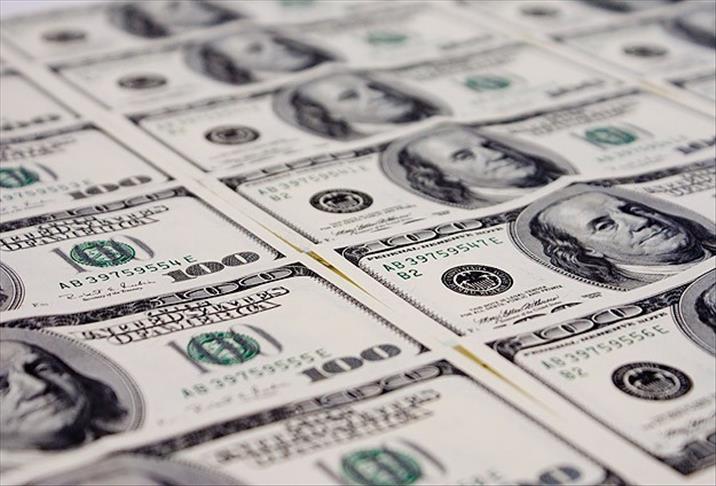
By John Cassim
HARARE
Many Zimbabweans have voiced skepticism over the introduction of locally-minted coins – pegged to the U.S. dollar – raising fears that the southern African nation is gradually reintroducing the Zimbabwean dollar.
"I applaud the idea but don't trust my government," Mercy Phiri, a Harare street vendor, told The Anadolu Agency.
From December 18, the Reserve Bank of Zimbabwe will introduce bond coins in 1-, 5-, 10- and 25-cent denominations.
Bank Governor John Mangudya insisted the move was intended to "ease the shortage of small denominations in Zimbabwe and buttress the multiple currency system for the convenience of the public."
He said that an initial $10 million in coins to be issued was equivalent to 2 percent of the bank's total current deposits.
Zimbabwe currently uses a multicurrency system, introduced by Finance Minister Patrick Chinamasa in 2008, which is dominated by the U.S. dollar and the South African rand.
Introduction of the system was necessitated by hyperinflation – estimated at more than 500 billion percent – that eroded the value of the Zimbabwe dollar a few years back, forcing citizens to abandon the local currency.
The runaway inflation had caused severe hardships for everyday Zimbabweans. At the time, supermarkets stood empty and food availability became a major concern.
Many Zimbabweans – seeking greener pastures – crossed the border into neighboring Botswana and South Africa.
Sebastian Mpofu, who sells electrical appliances in Harare, said the introduction of the new coins would go a long way towards helping ordinary people.
"It's a noble idea, especially if it's only meant to stop forcing people to buy sweets due to the shortage of coins," he told AA.
"However, I don't trust the Reserve Bank. One day they might wake up and say the bonds are no longer in use," said Mpofu.
Zimbabwe is following the examples set by Ecuador's and East Timor's dollarized economies, which have introduced locally minted coins known as centavos.
-Confidence-
Governor Mangudya had dismissed speculation that the authorities were simply testing the waters before bringing back the Zimbabwean dollar.
"We have no appetite to do so [reintroduce the Zimbabwean dollar]," Mangudya told the local media last week. "We can't be careless to do so; we won't do that."
Despite these assurances, however, Zimbabweans are skeptical.
"If the government was genuine with regards to the challenges people are facing in terms of smaller denominations, they could have done so in 2009 when the multicurrency system was introduced," economic analyst Conrad Gweru told AA.
He went on to question the move's timing.
Gweru believes the new coins are a test balloon aimed at gaging the public reaction to the incremental reintroduction of the local currency.
"Who is going to count the bond coins on the market?" he asked. "I'm afraid we'll end up having more of these coins than hard currency like the U.S. dollar and the South African rand," said Gweru.
"Such a scenario would reintroduce the inflationary environment we saw in 2008 and 2009," he warned.
Chris Oga Emmanuel, a Harare-based businessman of Nigerian origin, is no more optimistic.
"Currency is about confidence," he told AA.
"I was badly burnt as a businessman in Zimbabwe," he said. "Now, when you tell me they're introducing bond coins equivalent to the U.S. dollar, it brings a lot of suspicion."



